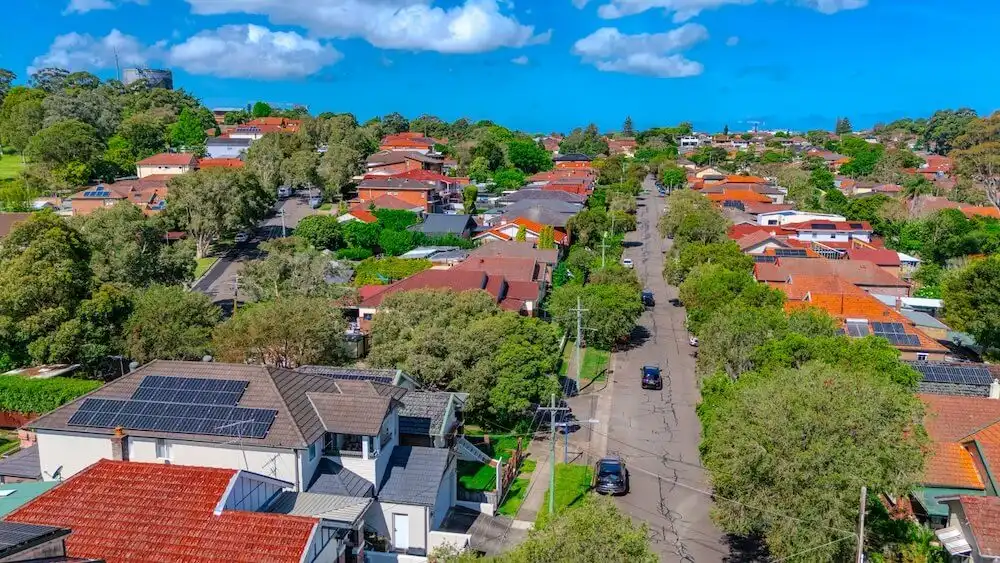Another rate cut — why the market may be turning in sellers’ favour
After a second consecutive interest rate cut by the Reserve Bank of Australia (RBA), homeowners and prospective sellers have plenty of reasons to smile.
The RBA has lowered the cash rate to 3.85 per cent, marking a half-percent drop from its recent peak, with inflation now comfortably back within its target range.
Find out what this means for buyers and sellers.

Get a free property value estimate
Find out how much your property is worth in today’s market.
What this years’ rate cuts have done for the market so far
February's rate cut—the first since 2020—effectively put an end to Australia's "short and shallow" property downturn. CoreLogic data shows property values nationally rose by 1.1 per cent over the past three months, reversing the downward trend that dominated 2024.
Sydney and Melbourne have notably bounced back after slumping in 2024, with buyers regaining confidence. Eliza Owen from CoreLogic explained that more rate cuts typically translate directly to higher property values, noting, "Lower rates mean buyers can borrow more, spend more, and ultimately make housing a more attractive investment."
CoreLogic’s analysis suggests a 1 per cent cash rate cut historically drives a 6.1 per cent increase in national dwelling values.
“CoreLogic’s analysis suggests a 1 per cent cash rate cut historically drives a 6.1 per cent increase in national dwelling values.”
Immediate impacts of the May rate cut
Tim Lawless, CoreLogic's Research Director, believes this month's cut will further boost buyers’ borrowing power, stating, "Beyond immediate financial relief, the rate cut is expected to lift consumer confidence."
He adds, “This combination of lower interest rates and improved sentiment is likely to support increased activity in the housing sector, given that there is generally a correlation between consumer sentiment and home sales volumes. We may also see continued upward pressure on housing prices, extending the broad-based recovery in values that began after the February rate cut."
SQM Research’s Louis Christopher shares this optimism, forecasting home price growth between 6 and 10 per cent by December.
“More home buyers will be in the market after this rate cut,” Christopher noted. He expects auction clearance rates, a key indicator of market strength, to pick up significantly in the coming weeks.
Some experts are suggesting that these rate cuts could stimulate home building, though increasing supply is a longer-term impact, particularly in apartment developments.
Nerida Conisbee of Ray White told the Financial Review that lower rates could help kick-start new projects. “Developers really need those off-the-plan purchases to kickstart the project, so hopefully that allows that to happen,” she said.
Will interest rates keep falling—and prices keep rising?
Economists largely agree we haven’t seen the end of rate cuts. Betashares’ chief economist David Bassanese anticipates at least two more cuts this year, bringing rates down to 3.35 per cent.
Westpac’s Luci Ellis concurs, also predicting two further cuts by year-end, conditional upon stable inflation trends.
However, Tim Lawless adds a note of caution, acknowledging that while the short-term outlook is promising, affordability and cautious lending practices will likely cap rapid growth.
“I’m definitely not expecting, even with one or two more rate cuts, for the rate of growth to get back to where it was mid-2023 through to mid-2024. (This is) simply due to affordability challenges in the market and the fact that lenders are still quite cautious in their lending policies,” Lawless explained.
What does this mean for sellers right now?
For sellers, the outlook is looking favourable. Increased buyer confidence and boosted borrowing capacity mean greater demand and potentially higher sales prices.
While the medium-to-long-term outlook may still have uncertainties—particularly around global economic conditions—the immediate future looks promising for those considering listing their homes.
We recommend speaking to an experienced local agent so you can understand how these broader market changes might be affecting your home and suburb.








